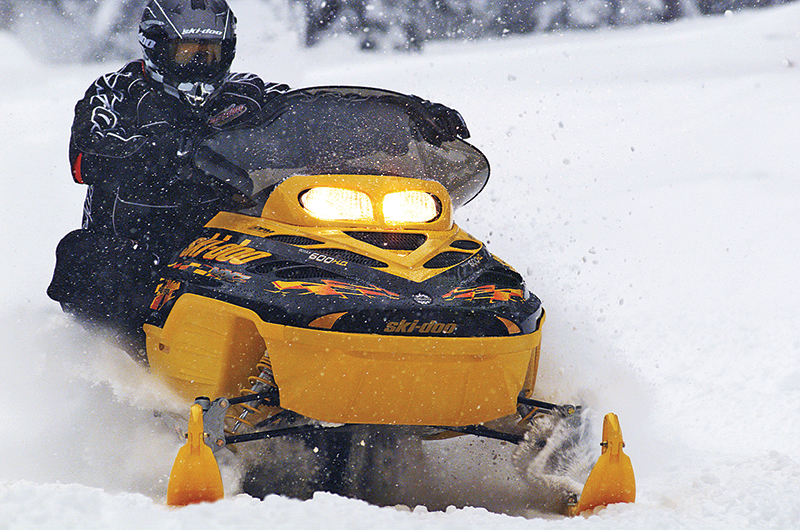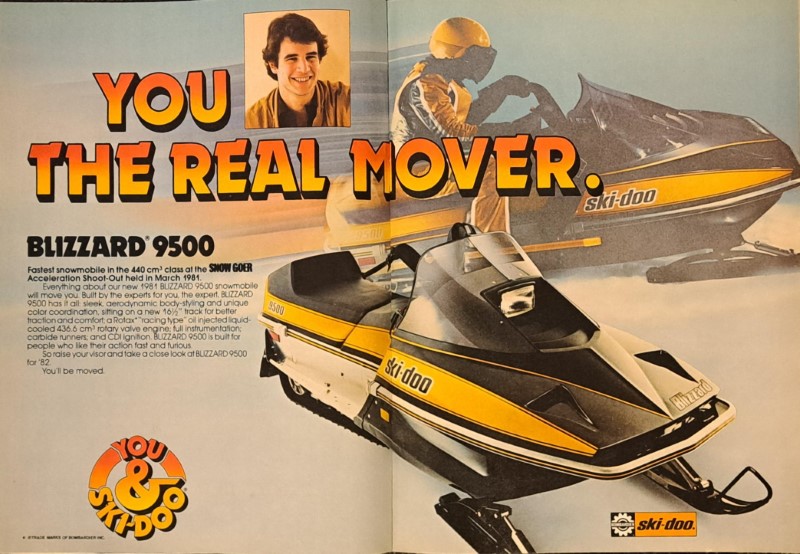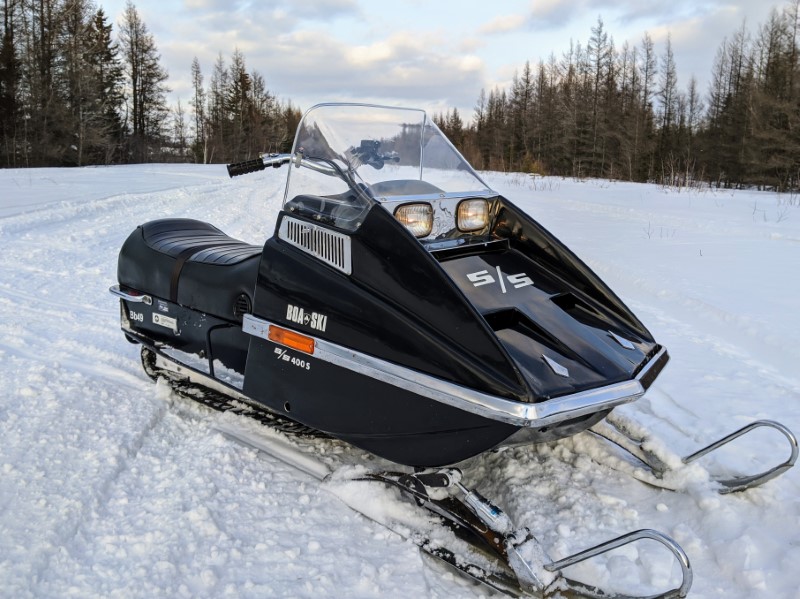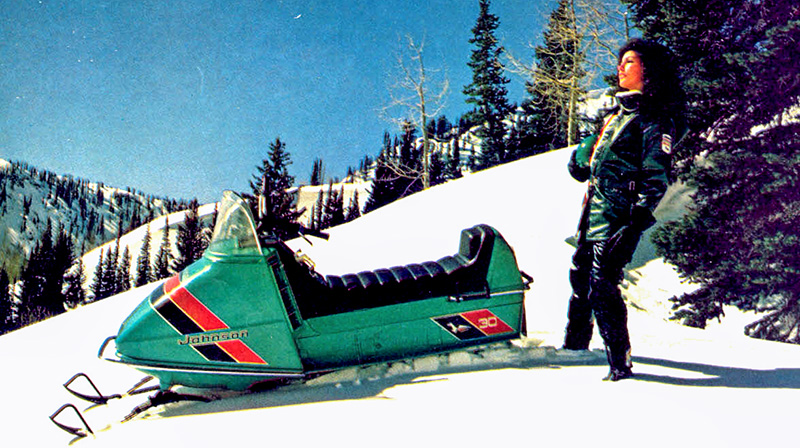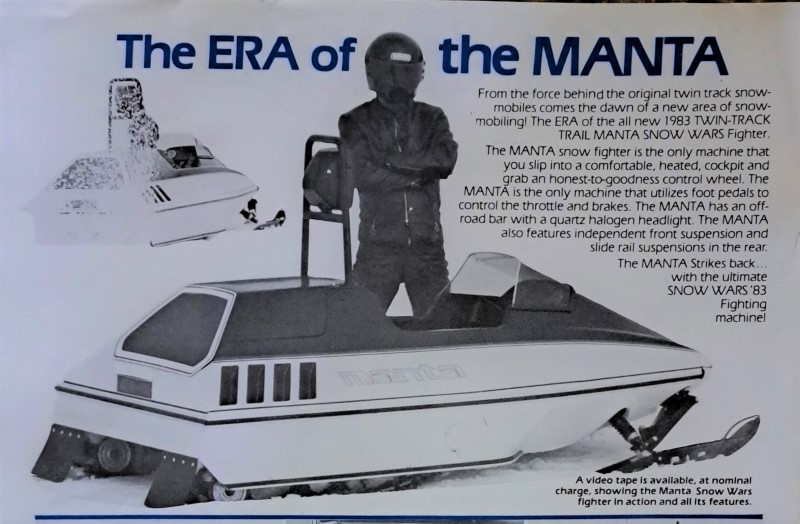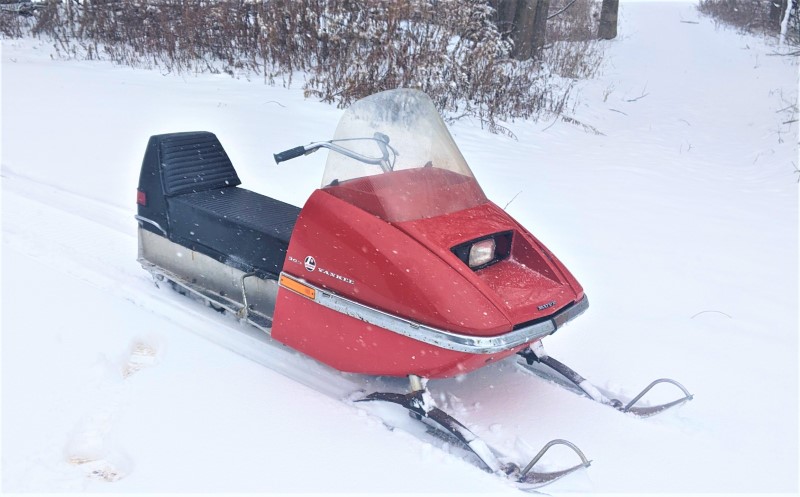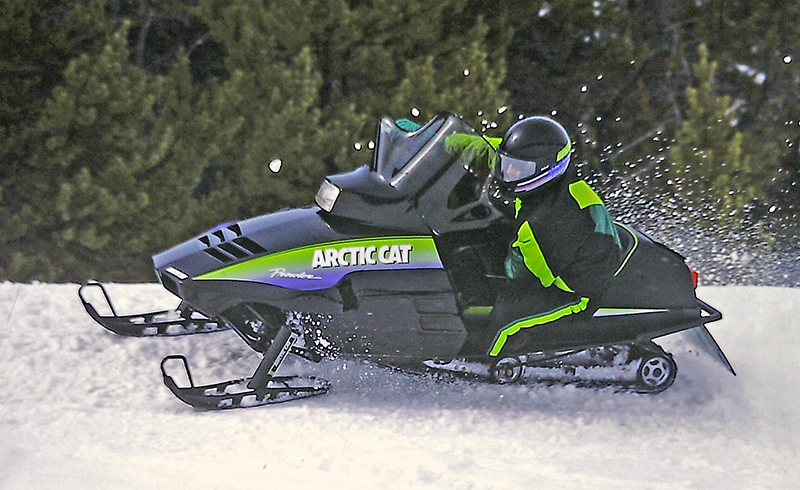
1990 Arctic Cat Prowler: An Exotic New Cat Fortells The Future
In 1984, the new and radically styled Phazer helped take Yamaha to the top in snowmobile sales. Arctco, the re-born manufacturer of Arctic Cats, identified the Phazer as the competition that it had to beat, and set about creating a radical new model of its own.
Introduced in 1990, the Prowler was never the big seller that the Phazer was. But unlike the Phazer that faded into snowmobile history, the Prowler’s influence remains with us to this very day. Here’s why.
Suspension Sensation
The product of almost six years of conceptual thinking, including three years of serious engineering effort, the Prowler was overflowing with fresh ideas.
Distinctly different styling included a handlebar-mounted windshield and instruments on a minimalist chassis with no belly pan. There were just fold-down side pods for access to the lower regions of the power package.
An all-new and lighter weight liquid-cooled engine was fed by new carbs that featured unique magnetic safety switches. The engine included super-hard Nikosil cylinder wall coating. It also had a gear-driven water pump instead of a belt-driven pump to circulate coolant through the crankcase as well as the upper structure.
There was also a new drive clutch, plus a new long-travel (8.5-inch) track suspension with a new coil-over-shock front arm.
Its new ski suspension was the real breakthrough that made the Prowler a snowmobiling milestone. More than a half-dozen distinct types of coil spring front ends had already been tried on production snow sleds. Plus there were more variants that never made it into production. Each had drawbacks of one kind or another.
The Prowler introduced a performance automotive-type A-arm front suspension to snow machines. Most sleds built today still use this concept because it simply works better than anything else for long travel over a wide range of conditions.
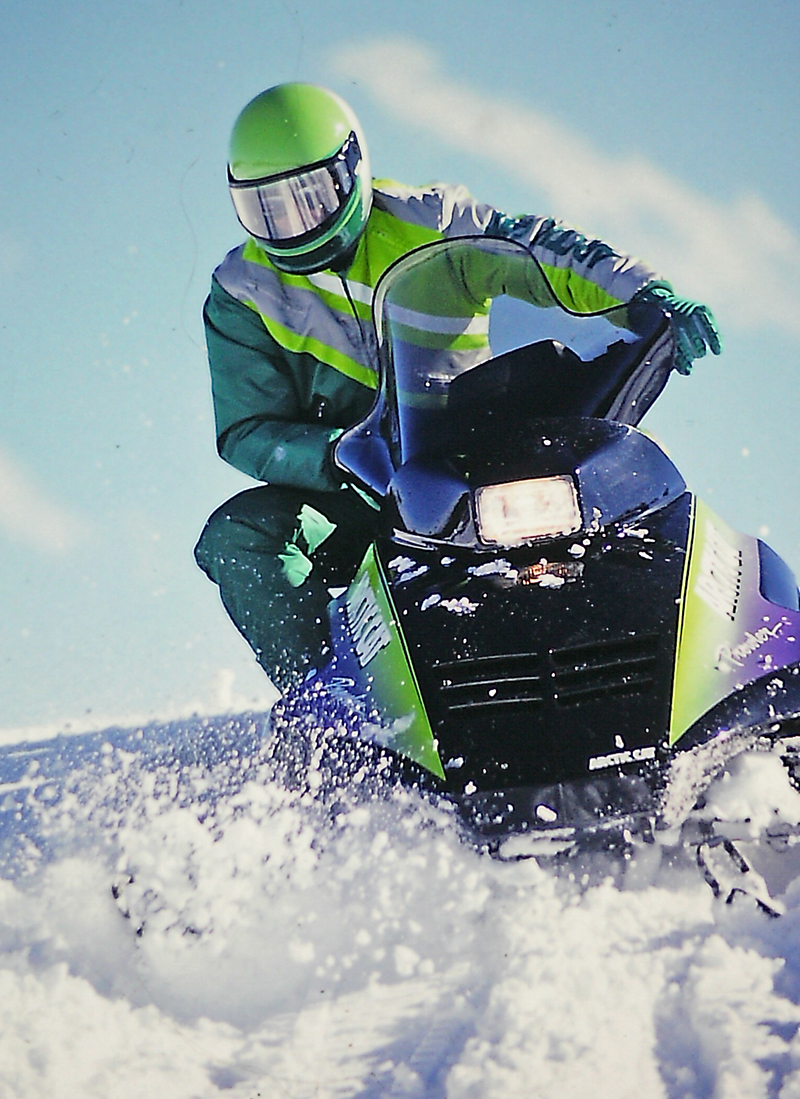
Cat suspension savant Dennis Zulawski’s new design included upper and lower control arms, light but strong diecast aluminum spindles and progressively wound springs over shocks located out in the air stream for proper cooling. It also had automotive-type ball joints for the steering arm and ski spindles, and a sway bar for side-to-side control.
When properly tuned, it yielded 7.5-inches of travel with easy adjustability for excellent ride and handling.
Taking It To Market
Unveiled to select Cat dealers at a convention in Mexico, the first Prowlers were a pre-production build of almost 200 sleds. They were built in March of 1989. And, as is usual with these kinds of pre-production units, many material and detail changes were made for production units.
The Prowler generated a ton of press coverage. It included being featured on the cover of virtually every national and major regional sled publication. And they all tested it.
Snowmobile magazine said, “The Prowler tracked extremely well on both high-speed straights and through the turns.” Snow Week reported, “The Prowler seemed to track much better than other sleds in its class, and with its low, stable feel, providing an added measure of confidence on even the most demanding trail.”
Race and Rally magazine commented, “We expect riders of the new Prowler will find it a delightful experience.” And SnoWest editors really nailed it when they said, “This is an all-new sled which promises to leave its mark in snowmobile history.” But then they whiffed badly by adding that “It promises to become Arctic’s all-time best seller.”
Market reaction was quick and sometimes catty. Yamaha partisans dubbed it the “Copy Cat” for its obvious styling relationship to the Phazer. They conveniently forgot that the Phazer itself was an even more blatant copy of the ground-breaking 1974 Alouette Super Brute.
Cat riders greeted the Prowler with very mixed emotions. Many, this writer among them, were put off by the radical appearance and the poor build quality of the first-year sleds. But others, like my wife, Kathy, and my long-departed riding buddy Russ Serbe, loved the Prowler right from the start. The 1990 version was Kathy’s first liquid-cooled sled. Later she got a much more loaded 1993 Prowler that was probably her favorite sled ever.
Russ later bought a Wildcat that was built on a modified version of this platform. By then it was obvious that the handlebar-mounted windshield had not been embraced by the Cat faithful. Although most Arctic Cat models gravitated to variants of the Prowler chassis, most of them also reverted to a conventional hood-mounted windscreen while sometimes retaining the handlebar-mounted instruments.
As for the automotive-style ski suspension, it would take the move to rider-forward engineering in the new millennium for the other manufacturers to finally adopt what Cat had pioneered more than a decade before. Now it is time for the collector community to start recognizing the Prowler for its suspension engineering that led the way into the future.
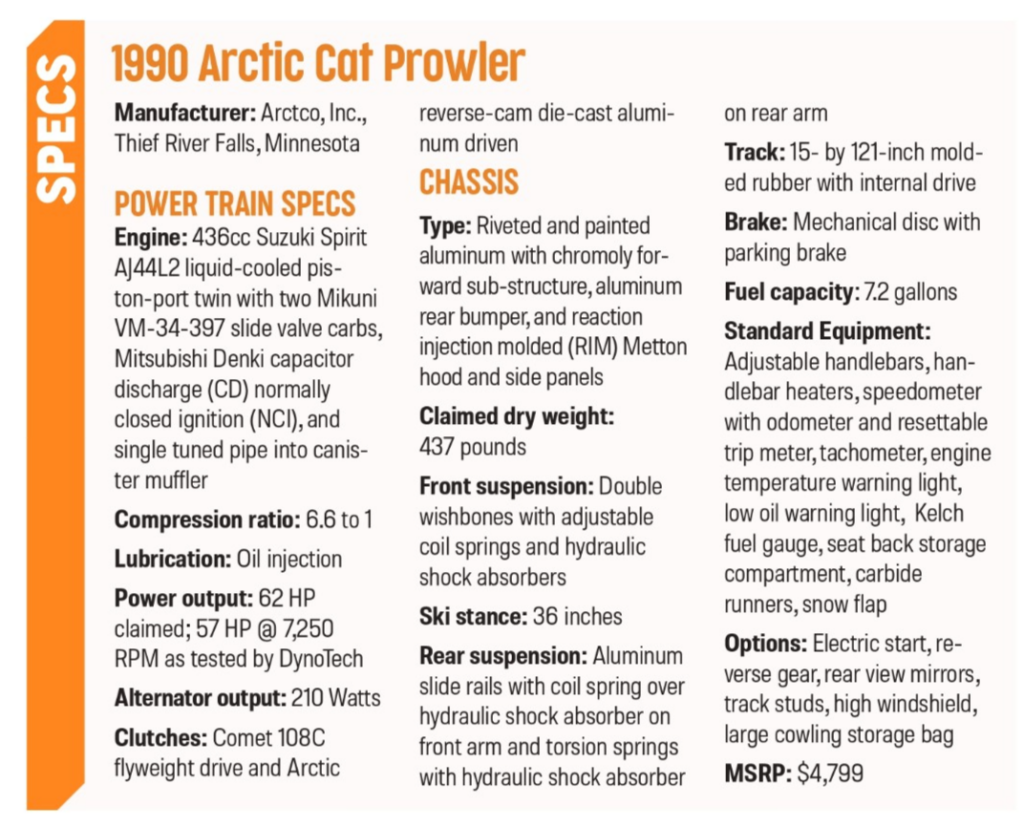
Editor’s Note: Every Snow Goer issue includes in-depth sled reports and comparisons, aftermarket gear and accessories reviews, riding destination articles, do-it-yourself repair information, snowmobile technology and more. Subscribe to Snow Goer now to receive print and/or digital issues.

